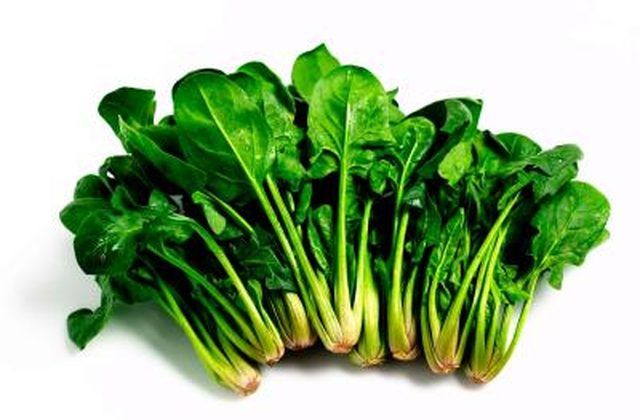Bulbs
Flower Basics
Flower Beds & Specialty Gardens
Flower Garden
Garden Furniture
Garden Gnomes
Garden Seeds
Garden Sheds
Garden Statues
Garden Tools & Supplies
Gardening Basics
Green & Organic
Groundcovers & Vines
Growing Annuals
Growing Basil
Growing Beans
Growing Berries
Growing Blueberries
Growing Cactus
Growing Corn
Growing Cotton
Growing Edibles
Growing Flowers
Growing Garlic
Growing Grapes
Growing Grass
Growing Herbs
Growing Jasmine
Growing Mint
Growing Mushrooms
Orchids
Growing Peanuts
Growing Perennials
Growing Plants
Growing Rosemary
Growing Roses
Growing Strawberries
Growing Sunflowers
Growing Thyme
Growing Tomatoes
Growing Tulips
Growing Vegetables
Herb Basics
Herb Garden
Indoor Growing
Landscaping Basics
Landscaping Patios
Landscaping Plants
Landscaping Shrubs
Landscaping Trees
Landscaping Walks & Pathways
Lawn Basics
Lawn Maintenance
Lawn Mowers
Lawn Ornaments
Lawn Planting
Lawn Tools
Outdoor Growing
Overall Landscape Planning
Pests, Weeds & Problems
Plant Basics
Rock Garden
Rose Garden
Shrubs
Soil
Specialty Gardens
Trees
Vegetable Garden
Yard Maintenance
The Best Fertilizer for Spinach
The Best Fertilizer for Spinach. Spinach originated in Persia before being transported to China and Europe, then arriving in America during the 19th century. Despite early claims, spinach does not contain high levels of iron but is a rich source of beta-carotene, calcium and folic acid.

Spinach originated in Persia before being transported to China and Europe, then arriving in America during the 19th century. Despite early claims, spinach does not contain high levels of iron but is a rich source of beta-carotene, calcium and folic acid.
Nutrient Requirements
Spinach is known as a heavy feeder and requires high levels of nitrogen for healthy growth and development. If using commercial fertilizer, 3-1-2 or 4-1-2 ratios of nitrogen, phosphorus and potassium, respectively, are recommended. If using organic fertilizer, blood and cottonseed meals, alfalfa pellets and fish emulsions are the best options. Spinach also requires adequate boron; if spinach appears stunted with dark roots and flattened yellow leaves, add 1 oz. of Borax every 100-square-foot row.
How to Apply
After transplanting young spinach plants, apply fertilizer evenly around plants. Four weeks later, a nitrogen-based fertilizer (21-0-0) should be spread to the side of the plants to promote speedy plant growth and strong leaf production. If using organic fertilizers, fish emulsion, seaweed and cottonseed meal are recommended. Fish emulsion should be mixed with water and poured into the soil surrounding the plants.
Considerations
Spinach crops are typically harvested in the early spring and autumn; more fertilizer may be necessary for the spring crop than the fall one. Have soil tested for an accurate analysis of nutrient content to ensure fertilizer is not overapplied.